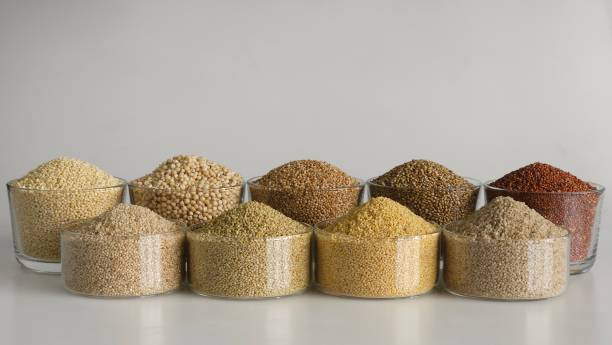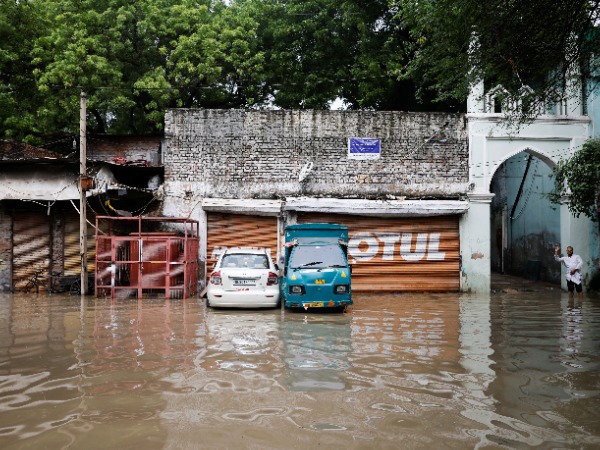
Jal Mahal in Jaipur.
India’s Culture as a Global Connector
India’s cultural reach goes far beyond its borders. Yoga, once a spiritual practice rooted in India, is now observed by millions worldwide. It is celebrated annually in more than 170 countries on International Yoga Day. What began as a tradition has evolved into part of daily life for people across continents. Sabyasachi has also voiced his view that soft power is rooted in craft and culture.
From neighborhood curry houses in Europe to fine-dining restaurants in the United States, cuisine introduces global audiences to India’s regional diversity. Similarly, music and cinema shape perceptions. Films like RRR gained international acclaim. Bollywood songs get played at weddings and gatherings from Toronto to Tokyo.
Streaming platforms have expanded this reach, giving viewers around the world access to not only Hindi films but also regional stories in multiple languages.
Sabyasachi and the Power of Cultural Heritage

Fashion has become another vital channel of soft power. Designers such as Sabyasachi Mukherjee have introduced traditional saris, lehengas, and handwoven fabrics to global stages. Traditional Indian clothes are now worn by international celebrities and showcased at red-carpet events. In doing so, they highlight not only style but also the skill of artisans whose weaving and embroidery traditions span centuries.
Speaking at the ET World Leaders Forum 2025, Sabyasachi stressed that culture should not be underestimated. “Soft power craft, culture, music, celebration… is actually India’s hard power. When you create products from soft power rooted in historical legacy… it becomes irreplaceable,” he said.
His comments underscore the resilience of India’s heritage at a time when economic challenges, such as new U.S. tariffs on exports, are placing pressure on industries like textiles and garments.
Soft Power Amid Economic Challenges
India’s cultural influence continues to grow even as it navigates trade tensions. The United States has recently imposed tariffs of up to 50 percent on Indian exports, including textiles, jewellery, and garments, in response to India’s purchase of Russian oil. Experts warn that these measures could halve revenues for some industries, leading to protests and public concern.
Prime Minister Narendra Modi has maintained that India is prepared to bear the economic cost to protect national interests, particularly those of farmers and small businesses affected by the new duties.
Amid these pressures, soft power works in ways that traditional diplomacy and trade cannot. When global leaders join yoga sessions, when Indian films stream into homes abroad, or when international figures wear Indian fashion, perceptions shift. Supported by India’s large diaspora, cultural traditions continue to build familiarity and connection worldwide.
This resilience demonstrates that while tariffs may affect markets, India’s cultural presence remains a lasting and influential force in shaping global perceptions.
Keep up with The World Times for more updates.



